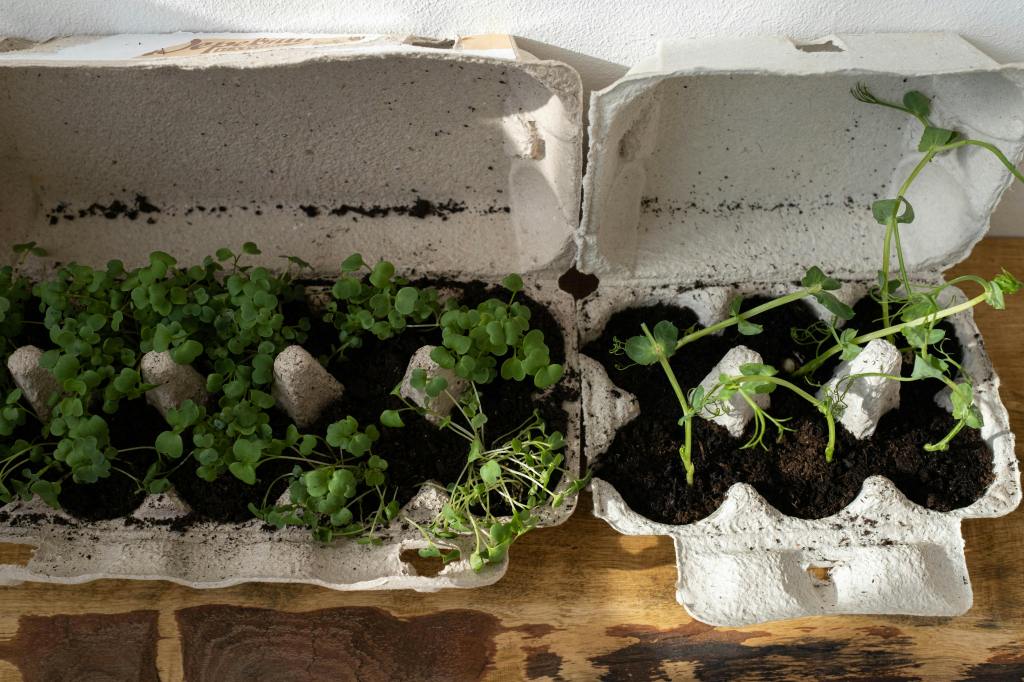
Hello, garden lovers! Whether you have a sprawling backyard or just a cozy balcony, companion planting is a gardening trick you’ll want to know. Especially for those of us with just a few containers to spare, figuring out the best plant buddies can significantly enhance your gardening game. It’s not just about making your pots look pretty—this method is all about making strategic pairings to deter pests, increase yields, and ensure that every square inch of soil is used efficiently. Ready to play matchmaker with your plants? Let’s get growing!
What is Companion Planting?
Companion planting might sound like new-age gardening, but it’s actually been around since ancient times. It involves placing plants together that can help each other grow by deterring pests, enhancing flavors, or providing necessary shade and support. While traditionally seen in larger gardens, there’s absolutely no reason why these principles can’t be applied to container gardening. It’s all about understanding what makes certain plants tick and using that knowledge to create a harmonious container community.
Benefits of Companion Planting in Containers
Space Efficiency: In containers, space is at a premium. Planting companions together means you can use the vertical space—a tall plant can provide shade for a shorter, shade-loving plant beneath it.
Pest Deterrence: Some plants have natural substances in their roots or flowers that repel specific pests, protecting themselves and their neighbors. For example, marigolds emit a smell that deters aphids and attracts beneficial insects like ladybugs.
Improved Plant Health and Yield: Companion plants can actually help each other absorb nutrients better if their nutrient needs complement each other, leading to healthier, more bountiful plants.
Choosing Containers for Companion Planting
Types of Containers: Any container could work, but make sure there’s enough room for the plants you want to grow together. Larger containers allow more options for companionship, while vertical planters are great for maximizing space.
Considerations for Space and Depth: Always consider the root systems of your chosen plants. Deep-rooted vegetables like carrots need deeper containers, whereas herbs like basil can manage with less space.
Key Principles of Companion Planting
Complementary Needs: Plants paired together should have similar water, light, and nutrient requirements. You wouldn’t want to pair a cactus with a water-loving mint!
Root Compatibility: Make sure the plants have compatible root systems so they don’t overcrowd each other or fight for space below the soil.
Lifecycle and Growth Rate: Plants that grow and finish their lifecycle at the same pace make good companions. This prevents faster-growing plants from overpowering slower ones.
Popular and Effective Companion Planting Pairs
Tomatoes and Basil: Not only do they go well together in sauces, but basil also helps improve the flavor of tomatoes and repels flies and mosquitoes.
Carrots and Chives: Chives help repel carrot flies and other pests, while also reportedly improving the flavor and growth of carrots.
Lettuce and Tall Flowers: Tall flowers can provide necessary shade for lettuce, keeping the soil and environment cooler which is perfect for lettuce’s growth.
Peppers and Marigolds: The strong scent of marigolds is a fantastic pest deterrent, protecting peppers from nematodes and other pests.
Step-by-Step Guide to Setting Up a Companion Container Garden
Step 1: Planning Your Container Layout: Sketch out what plant goes where, considering their height, spread, and requirements.
Step 2: Selecting Soil and Fertilizers: Choose a high-quality potting mix and consider adding a slow-release organic fertilizer that will benefit all the plants in the container.
Step 3: Planting and Arranging: Plant your chosen pairs together, considering their space needs and interactions. Make sure everyone’s got enough room to breathe.
Step 4: Ongoing Care and Maintenance: Water according to the needs of the thirstiest plant in the container, and adjust as necessary. Keep an eye on growth and adjust positions if plants are overshadowing each other too much.
Troubleshooting Common Problems in Companion Container Gardening
Overcrowding: If plants start to look cramped, it might be time to replant them into separate containers.
Nutrient Competition: If one plant looks lackluster, consider a liquid feed to give a nutrient boost without overwhelming the other companions.
Pest Issues: Even with the best-laid plans, pests can find their way in. Regular inspections and organic pest controls like neem oil can be great ways to keep problems at bay without harming your plants.
Advanced Tips for Optimizing Companion Planting in Containers
Succession Planting: After early season plants finish, replace them with another plant that benefits the remaining companion. This keeps your container productive throughout the season.
Rotating Companions: Change up the plant pairings each season to prevent pests from getting too cozy and to minimize nutrient depletion in the soil.
Companion planting in containers is not just about growing plants— it’s about growing plants better together. With a little planning and some creative pairing, your container garden can become a bustling ecosystem of activity, with each plant bringing something unique to the table (or the pot!). Whether you’re a seasoned gardener or just starting out, experimenting with companion planting can add a new layer of interest and efficiency to your gardening projects.